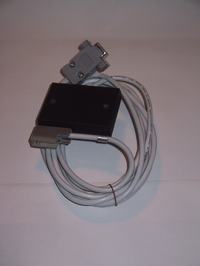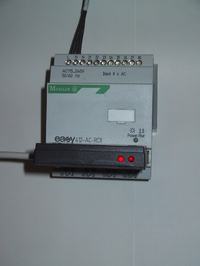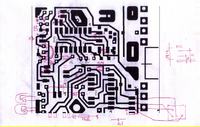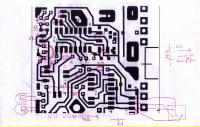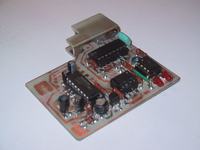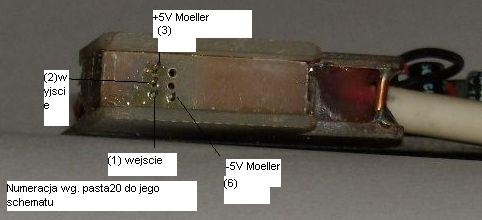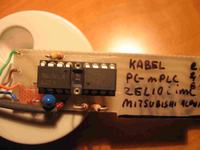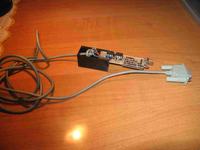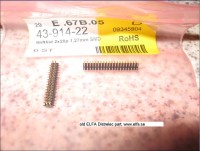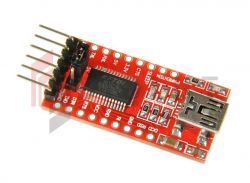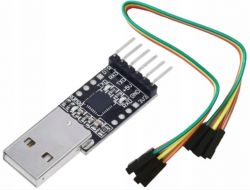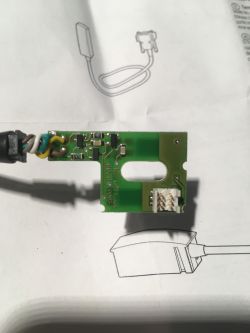Quote: 1.can someone post a normal connection diagram between RS port and easy ?? means which pin in RS to which pin in easy-ku.
I don't think I understood the question. You can't directly connect the EASY pins to the computer's RS input.? You need a minimum RS232 voltage converter. Anyway, the schematics are given in this thread, e.g. the TMP3.JPG file in the mirben user post.
Quote: 2. Do you know the way to control the falling slope in easy 619-dc-rc ??: I have been working for a few hours. and there is probably no such possibility: at least not from the keyboard: Lipa because she needs to control the falling slope:
Maybe yes:
I01 ------ SM01
M01- / I01 - SQ01
.............. |
...............- RM01
There is still the problem of how to reset the output.
Quote: 3. Is it normal that when I refer to the same output in two program lines, it doesn't work ??: / NP:
I1 ------- Q1
I2 ------- Q1 Something like this does not activate when giving a signal to I1, only I2 works
and at:
I1 ------- Q1
I2-- | When I2 is bridged with the signal from I1, both inputs work: /
In my opinion, this situation is normal, because the driver executes the program line by line. So in the situation
I1 ------- Q1
I2 ------- Q1
if I1 is turned on, information about turning on Q1 is saved for a moment in the memory cell of the controller's outputs. If I2 is turned off, moments later, in the same memory location, the information about turning off the Q1 output is written to the same memory location.
At the end of the cycle, when the contents of the appropriate memory cells are copied to the outputs, the situation is when Q1 is turned off.



